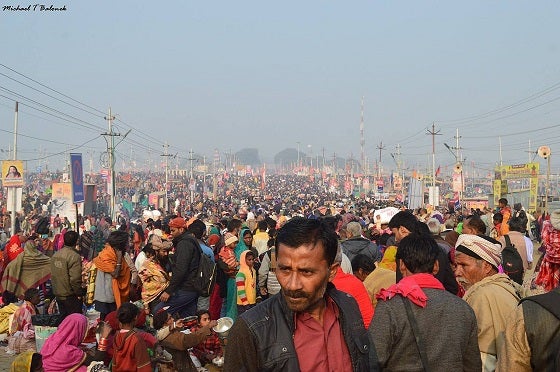Summary
According to one of the most widely used indexes to assess democratic quality across the world, the Freedom House Index, South Asia is going through a democratic backsliding. This is in line with global trends, where, for the 14th year in a row, democracies and civil liberties have deteriorated. In the 2020 Freedom House Report, India saw the largest decline of the score among the 25 largest democracies in the world (although it remains the only ‘free’ country in the region). Bangladesh and Pakistan also contributed to the region’s democratic backsliding.
Introduction
In March 2020, Freedom House (FH), a United States-based non-government organisation, published its annual report on the state of democracy in the world. Overall, the global democratic retrenchment continues. For the 14th year in a row, a larger number of countries have seen a decline in their democracy score than those that have seen an increase. More specifically, citizens of 64 countries saw a deterioration of their political and civil liberties, as against citizens of 37 countries for whom freedom increased. This paper looks at the status of democracy in the five largest South Asian countries: Bangladesh, India, Nepal, Pakistan and Sri Lanka, where 1.7 billion people live – approximately one-fifth of the world’s population.
Methodology of the FH index
The FH index assigns a score (0-4) to 25 indicators, for a maximum theoretical score of 100, which would indicate complete freedom. The overall score is calculated as the sum of the two main sub-indexes: political rights and civil liberties. Each sub-index is made up of a number of indicators (Figure 1 – see PDF version ). The FH Index is one of the most-widely used metrics to assess regimes across the world.
Democratic Backsliding in South Asia
India remains the only completely free country in the South Asian region. Bangladesh, Nepal, Pakistan and Sri Lanka have substantially lower scores than India and are in the category of ‘partly free’ states. India-controlled Kashmir and Pakistan-controlled Kashmir (which are scored separately) are both in the category ‘not free’ (Table 1 – see PDF version).
In the Asian context, India remains one of the few completely free states in Asia, after Japan, Taiwan, Mongolia and South Korea. However, India was one of the countries in the spotlight of the FH 2020 Report, because of the sharp deterioration of its democratic score over the last one year (Table 2 – see PDF version). In fact, India’s decline (from 75 to 71) is the largest score decline among the 25 largest democracies in the world.
Three decisions taken by the Indian government in the course of 2019 are mentioned in the FH report as important for the sharp decline of the Indian score. The first is the decision to revoke the special status (and statehood) of Jammu and Kashmir in August 2019. The decision, which was accompanied by a communication shutdown (which is still partially in operation), the arrest (without charge) of Kashmiri political leaders and a massive deployment of additional troops, also caused the Indian Kashmir score to drop dramatically to the category ‘not free’. The second is the publication of the National Registry of Citizens in Assam in August 2019 which left out nearly two million residents from the list of citizens. The third is the enactment of the Citizenship Amendment Act in December 2019 which grants special rights to non-Muslim refugees from Afghanistan, Bangladesh and Pakistan.
The other South Asian country that witnessed a rather sharp deterioration of freedom is Bangladesh. Since 2013, its overall score declined by 35 per cent. The decline in the country’s democratic score is largely attributed to the growing centralisation of power in the hands of the central government. This has, over the years, led to a malfunctioning of some of the country’s democratic institutions as well as a deterioration of civil liberties.
Pakistan is the third country that, over the last few years, has seen a marked decline in its democratic quality. The election of Imran Khan as Prime Minister in 2018 coincided with alleged irregularities by the military to favour the election and a number of legal cases against Khan’s main opposition leader, Nawaz Sharif.
Sri Lanka continues the upward trend that began in 2015, when the incumbent Mahinda Rajapaksa, who had eroded democratic institution substantially, was voted out of power. It remains to be seen whether the Presidential elections of 2019, which brought Gotabaya Rajapaksa (Mahinda’s brother) to power, will result in a reversal of this trend.
Finally, in marked contrast to all the other South Asian countries, Nepal is going through a democratic revival since the end of the civil war in 2006.
. . . .
Dr Diego Maiorano is a Visiting Research Fellow at the Institute of South Asian Studies (ISAS), an autonomous research institute at the National University of Singapore (NUS). He can be contacted at dmaiorano@nus.edu.sg. The author bears full responsibility for the facts cited and opinions expressed in this paper.
-
 More From :
More From :
-
 Tags :
Tags :
-
 Download PDF
Download PDF



